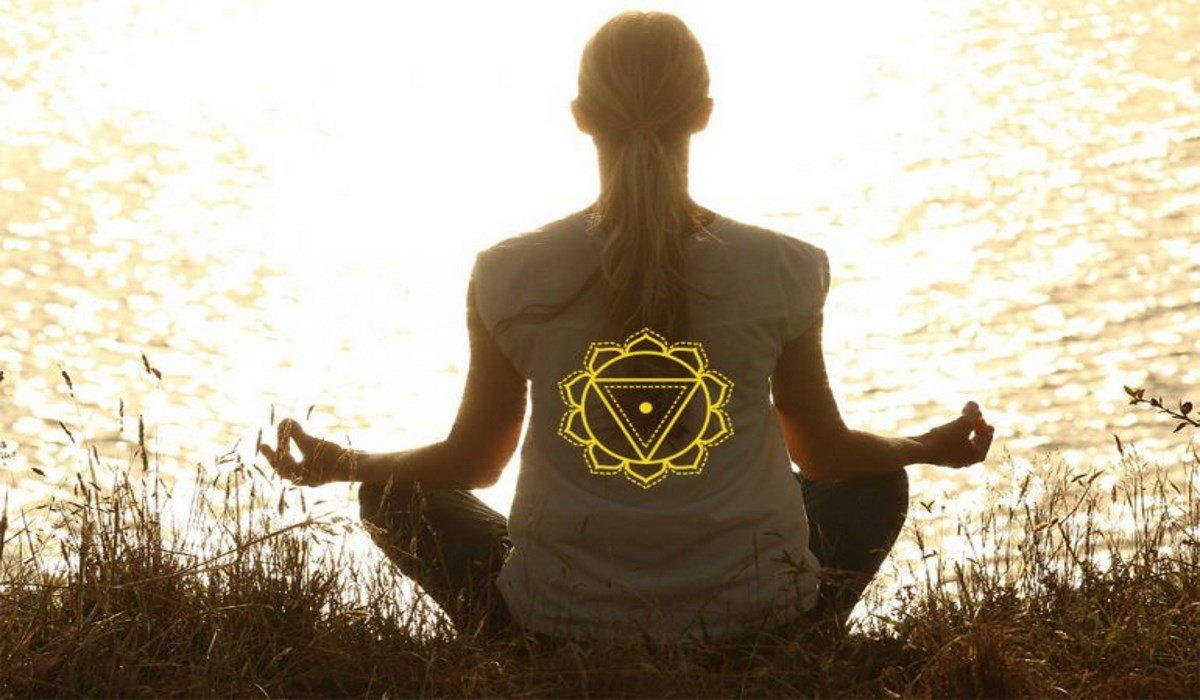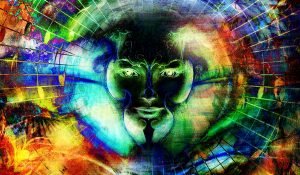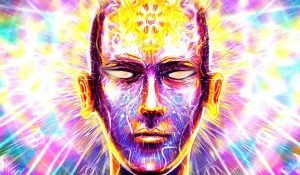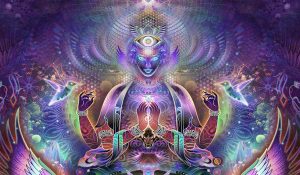Manipura is the name of the third chakra, also known as the solar plexus chakra. As the name suggests, this chakra is located in the area of our solar plexus, or between the navel and the breastbone, just below the diaphragm. Its Sanskrit name means “the city of shining jewel”, in reference to our ego and personal fulfillment.
The Manipura chakra is in fact linked to our dreams, desires, and ambitions, and governs the acceptance of ourselves, our self-esteem and our relationship with others.
It is depicted by a lotus flower with ten yellow petals representing the ten nadis from which the chakra originates. At the center of the flower is a red inverted triangle with the syllable Ram inscribed inside it.
Table of Contents
The characteristics of the third chakra
The element that represents the third chakra is fire and the color associated with it is yellow, strongly linked to solar energy and the metaphorical splendor of self-realization.
This Chakra is also associated with personal power, self-confidence and in general, all that has to do with the ego and the realization of one’s goals.
When the third chakra is blocked, the consequences mainly involve our vision of life: this seems disappointing, not very satisfying, without any incentive or strong motivation to move forward. We risk falling into depression and apathy, allowing pessimism to take the upper hand and to shake in the bud every desire for change.
People who are excessively shy or introverted and those who constantly feel a sense of inadequacy often have problems at the level of this chakra. The Manipura chakra is almost always blocked in those who suffer from the impotent’s syndrome, which leads us to think that all our success has been caused by having deceived others by making us believe better than what we actually are.
Not intervening on a block of the third chakra can lead us to incur serious problems of depression and nervous exhaustion, and in the long run also involve the internal organs associated with the solar plexus region, primarily the pancreas and the stomach, leading to accumulation of unhealthy subcutaneous and digestion problems.
Location: Solar Plexus
Function: Expansiveness, awareness of life, action, will, and pleasure
Color: Yellow
Element: Fire
Sense: Olfactory
Crystals and Stones: All yellow stones, especially Calcite, Citrine, and Topaz
Mantra: Ram
Note: Mi
Animals: Aries, symbol of fire
Exercises to rebalance the third chakra
The best way to keep the third chakra open and balanced is to spend our energies to improve the image we have of ourselves, starting from the outside (dressing well, curing ourselves, practicing sport) up to the emotional and intellectual sphere (recognizing our successes, keeping a diary of things completed, setting goals to improve one’s life).
Cultivating our skills and talents, perhaps by enrolling in some courses or by throwing ourselves into a new hobby that helps distract us, is always advisable. Another very useful exercise is to find confirmation of our qualities in the words of others – involving friends, family, and acquaintances to help us to eradicate our doubts and have an external opinion on how we are really perceived by those close to us.
At Hatha Yoga level, here are the asanas that can help us unlock the Manipura chakra:
Agnisāra Kriyā
Often our internal fire is weak and poorly nourished. The way we live and the food we eat is mostly comparable to lower quality fuel that mainly produces smoke, which tends to stifle the flames rather than feed them. Agnisāra Kriyā lights the fire of the Manipura Chakra and gives vitality and energy. This asana should always be practiced on an empty stomach, so the best time is in the morning before breakfast.
Here’s how to perform the exercise:
- Stand upright, with feet slightly apart, and inhale deeply through the nose in the abdominal area.
- Bend your knees slightly and place your hands on them; At the same time exhale through the mouth.
- Now stretch and relax the muscles of the abdomen as fast as you can, possibly without breathing, for 10-20 times.
- Inhale again, put yourself back upright and take 2-3 deep breaths, relaxing. Then repeat the exercise twice more.
Just as the fire is fed by the bellows, Manipura Chakra is constantly stimulated by this exercise. With daily practice, any superfluous layers of subcutaneous fat around the abdomen will disappear, along with circulatory and digestive problems. Any side problems such as headaches, fatigue, poor concentration or lack of desire will vanish at the same time.
Nauli Kriyā
After practicing Agnisāra Kriyā every day for at least three months you can start practicing Nauli Kriya. This practice can only be learned under the guidance of a Yoga teacher, so we advise you against running it as self-taught.
Nauli’s technique consists of several breathing exercises and movements through which the intestines and the lower abdominal organs are carefully massaged, and with daily practice, many diseases related to this area can be prevented.
To discover other exercises useful to balance the sacral chakra, visit our dedicated article.
Recommended Book for You:
Learn chakra balancing techniques so you’ll be able to heal your chakras into perfect alignment and attract wealth and abundance into your life.









